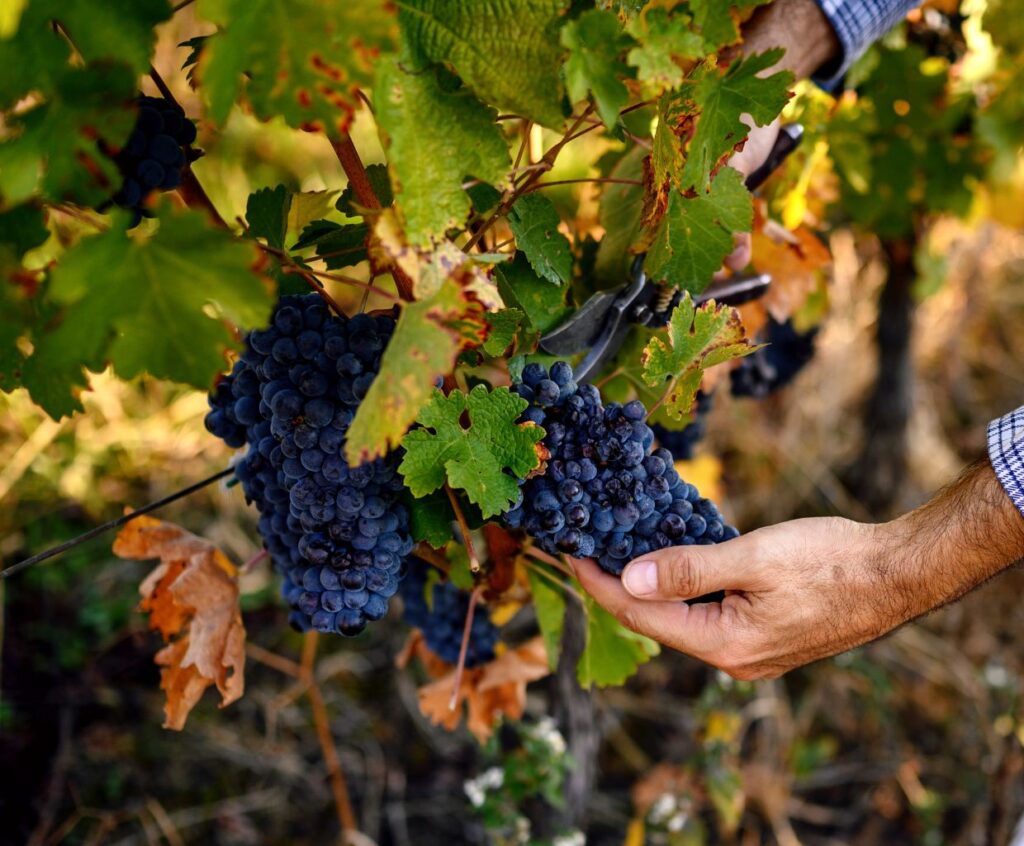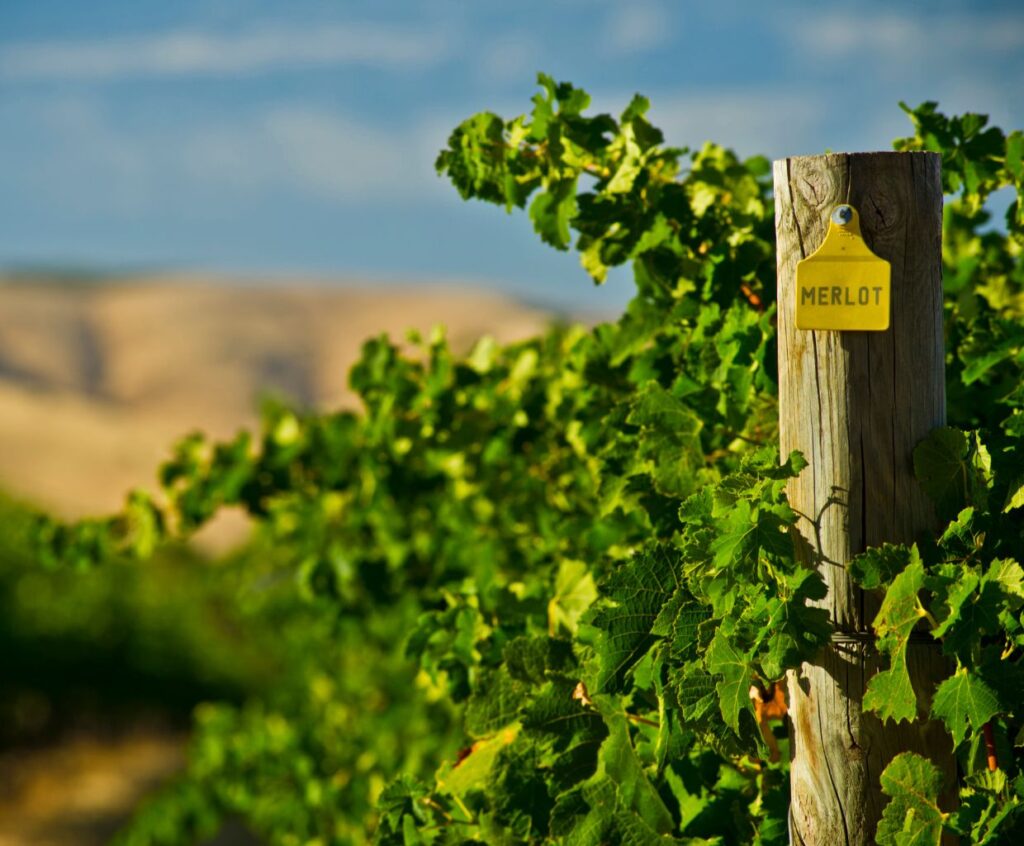The Top High-Alcohol Content Wines: Exploring the Strongest Wine Varieties
When it comes to wine, we often associate it with elegance, sophistication, and a delightful experience. However, not all wines are created equal; some pack more potent punch than others.
This article will delve into the world of high-alcohol content wines and explore the varieties that offer a more robust and intense drinking experience.
What Defines High-Alcohol Content Wines?
High-alcohol content wines contain a higher percentage of alcohol by volume (ABV) compared to the average wine. While the average ABV for most wines falls between 12% and 15%, high-alcohol content wines typically surpass this range, often reaching 15% or higher.
The Powerhouses: Zinfandel and Syrah
Zinfandel and Syrah are two grape varieties known for producing high-alcohol content wines. Zinfandel is a red grape variety that thrives in warm climates, resulting in wines with rich flavors and high alcohol levels. However, Syrah produces bold and full-bodied wines that often have an ABV of 14% to 15%.
Exploring the Old World: Amarone and Port
Regarding Old World wines, Amarone and Port are two renowned varieties offering a high-alcohol drinking experience. Amarone, hailing from Italy’s Valpolicella region, is made from partially dried grapes, resulting in a concentrated and intense flavor profile with ABV levels exceeding 15%.
Port, a fortified wine from Portugal, is known for its sweet and fortified nature, often reaching ABV levels of 20% or more.
Unleashing the Beast: Australian Shiraz
Australian Shiraz, also known as Syrah in other parts of the world, is often associated with bold and powerful wines. With its warm climate and ideal growing conditions, Australia produces Shiraz wines that can easily surpass the 15% ABV mark.
Intense flavors, high tannins, and long-lasting finish characterize these wines.
What factors contribute to the high alcohol content in certain wine varieties?
Several factors contribute to the high alcohol content in certain wine varieties. These factors include:
1. Grape Variety: Different grape varieties have varying sugar levels, which directly affect alcohol levels in wine. Varieties such as Zinfandel, Syrah, and Grenache tend to have higher sugar content, resulting in higher alcohol content.
2. Ripeness of Grapes: Grapes harvested at a high level of ripeness tend to have higher sugar levels. As a result, when these grapes are fermented, more sugar is converted into alcohol, leading to higher alcohol content in the wine.
3. Climate and Weather Conditions: Warmer climates with longer growing seasons allow grapes to ripen and accumulate more sugar fully. This results in higher potential alcohol levels in the wine produced from these grapes.
4. Winemaking Techniques: Winemakers control the fermentation process, which can influence alcohol content. Yeast selection, fermentation temperature, and duration of fermentation can all impact the conversion of sugar into alcohol.
5. Vineyard Management: Vineyard practices such as irrigation, canopy management, and crop load control can influence grape ripeness and sugar accumulation, ultimately affecting the alcohol content in the resulting wine.
6. Harvest Timing: The timing of grape harvest is crucial in determining alcohol levels. Harvesting grapes later in the season allows them to accumulate more sugar, producing higher alcohol content.
7. Aging and Oak Influence: Certain winemaking techniques, such as aging in oak barrels, can contribute to the perception of higher alcohol content. Oak aging can add flavor compounds that mimic the sensation of alcohol, even though the alcohol level remains the same.
It is important to note that while these factors contribute to higher alcohol content in certain wine varieties, responsible consumption is always recommended.
Are there any health considerations or risks associated with consuming high-alcohol content wines?
Consuming high-alcohol-content wines can pose specific health considerations and risks. Here are a few:
1. Increased risk of alcohol-related harm: Wines with high alcohol content can increase the risk of alcohol-related harm, such as liver damage, addiction, and impaired judgment. It is essential to consume alcohol in moderation to minimize these risks.
2. Negative effects on the cardiovascular system: Excessive alcohol consumption, including high-alcohol wines, can harm the cardiovascular system. It may lead to high blood pressure, irregular heart rhythms, and an increased risk of heart disease.
3. Dehydration: Alcohol is a diuretic that promotes water loss and can lead to dehydration. Wines with higher alcohol content may exacerbate this effect, so it is essential to drink water alongside alcoholic beverages to stay hydrated.
4. Increased calorie intake: High-alcohol wines often have more calories than lower-alcohol options. Excessive calorie intake can contribute to weight gain and other associated health issues.
5. Impaired cognitive and motor functions: Alcohol consumption can impair cognitive and motor functions, leading to reduced coordination, slower reaction times, and impaired decision-making abilities. The higher alcohol content in wines can intensify these effects.
6. Increased risk of accidents and injuries: Impaired judgment and coordination due to alcohol consumption can increase the risk of accidents and injuries, both to the individual consuming the wine and to others around them.
It is important to remember that moderate alcohol consumption is generally considered safe for adults. However, consulting with a healthcare professional for personalized advice is always advisable, especially if you have any underlying health conditions or concerns.
High-Alcohol Content Wines – Conclusion
While high-alcohol content wines may not be for everyone, they offer a unique and robust drinking experience for those seeking a bolder flavor profile. Whether it’s the powerhouses like Zinfandel and Syrah, the Old World classics of Amarone and Port, or the beastly Australian Shiraz, exploring these most robust wine varieties can be an exciting journey for wine enthusiasts.




